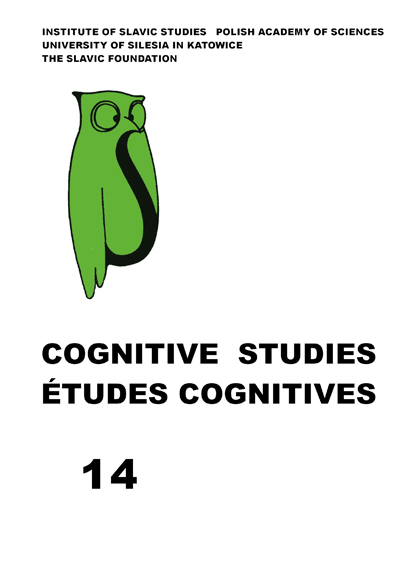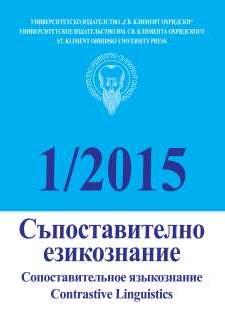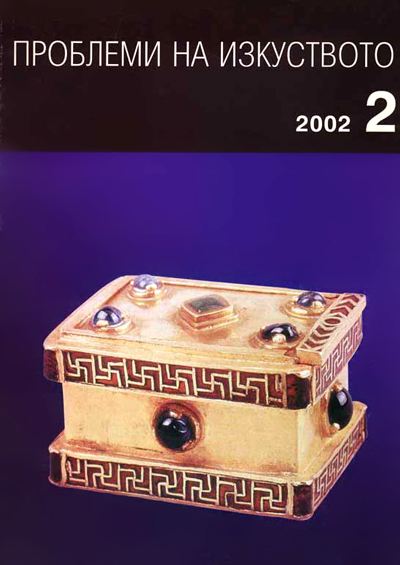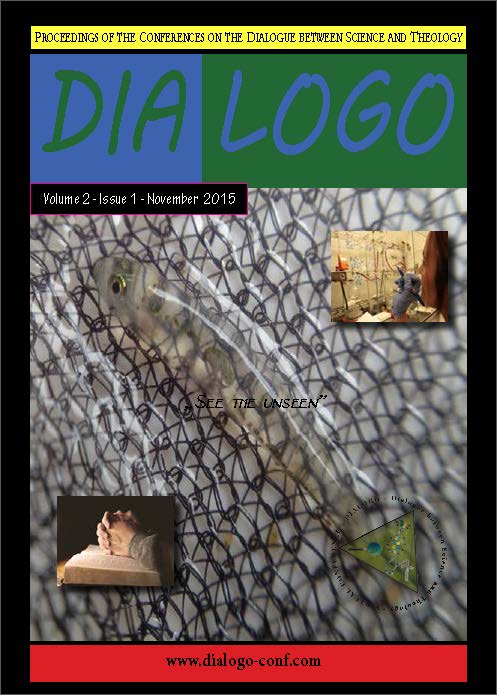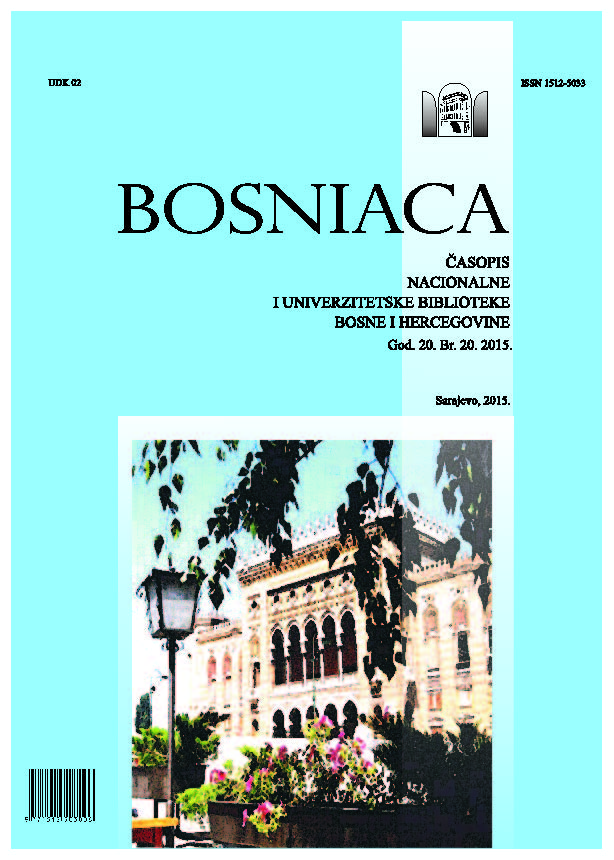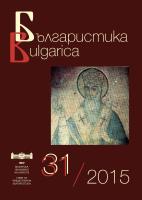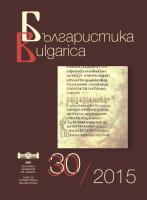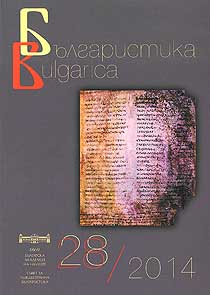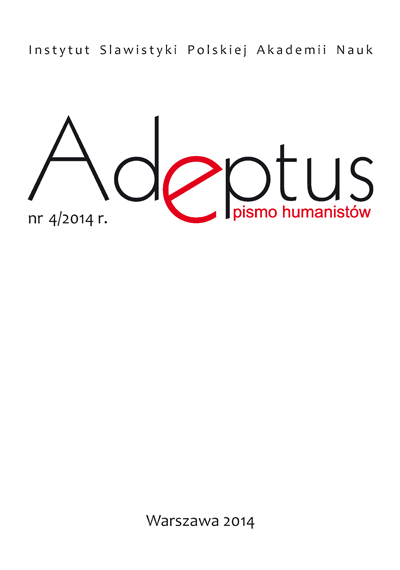
iSybislaw sprzymierzeńcem studentów, doktorantów oraz pracowników naukowych
In this paper the iSybislaw bibliographic database of World Slavic Linguistics publications is presented. The author demonstrates its vast potential as a research tool and citation source, concentrating on the possibilities of using all iSybislaw functions and options in university teaching and scientific research. The author points out that the database can be used not only by students and scientists of Slavic, Polish and Russian philology, but also, even if to a lesser extent, for philologies and linguistics of all languages.
More...
